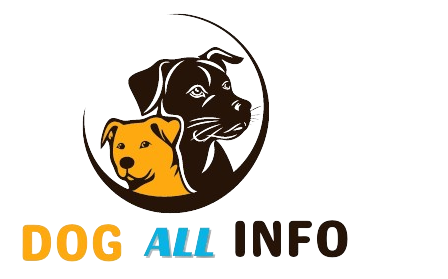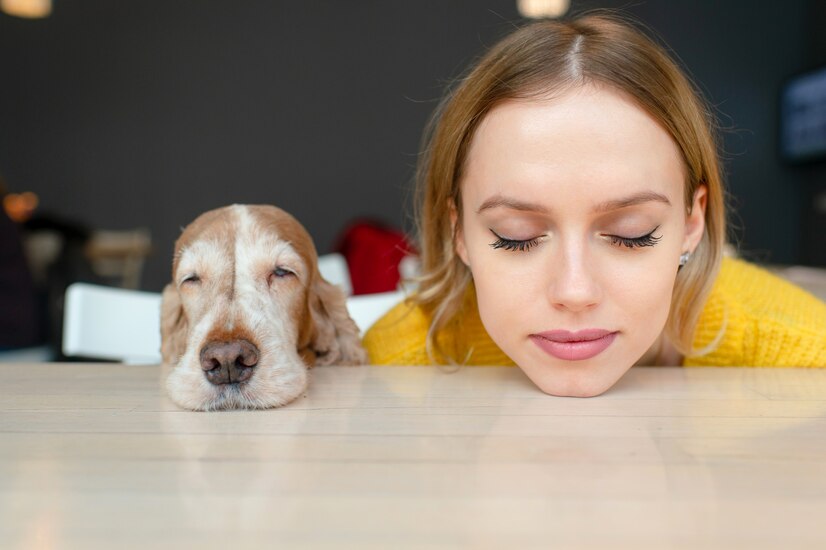Dogs put their head down and bum up as a play bow. It signals they want to play and are friendly.
Dogs often use body language to communicate their feelings and intentions. One common gesture is the play bow. This involves lowering their front legs while keeping their rear end up. This posture indicates excitement and a desire to engage in playful activities.
It also signals to other dogs that they mean no harm. Understanding these cues can help dog owners better interact with their pets. Recognizing a play bow can lead to more enjoyable and safe play sessions. This behavior is a natural and important part of canine communication.
Common Dog Behaviors
Dogs often put their head down and bum up to show they want to play. This position is called the play bow. It is a friendly gesture. Dogs use it to invite others to have fun. Puppies use it to signal they are not a threat. Older dogs use it to show they are still playful. This behavior is common in happy and energetic dogs.
Sometimes, dogs lower their head to show submission. This means they are not a threat. They want to appear smaller and harmless. This can happen when they meet a new dog. It can also happen when they meet a new person. Dogs do this to show respect. It helps them avoid conflicts. Lowering their head is a sign of trust and peace.
Understanding Dog Body Language
A dog’s tail can tell you a lot. A wagging tail often means they are happy. A stiff tail might mean they are alert. A tail between the legs shows fear or submission. A slow wag can show uncertainty. Each tail position gives you clues about how the dog feels. Paying attention to their tail helps in understanding them better.
Dogs use their ears to express feelings. Ears up and forward show interest or alertness. Ears back often indicate fear or submission. Relaxed ears mean the dog is calm. Some dogs move their ears a lot. Watching their ears can help you know their mood. Always observe both ears and tail for better understanding.
The Play Bow
Dogs lower their heads and raise their bums. Their front legs stretch out. They often wag their tails. Some might bark or make playful sounds. This is the classic play bow.
Dogs use the play bow to show they want to play. They use it with other dogs. Sometimes, they use it with humans too. It’s a friendly gesture. It means “Let’s have fun!”
Communication Between Dogs
Dogs often communicate through body language, such as putting their head down and bum up. This position signifies playfulness and an invitation to interact.
Social Interactions
Dogs use many ways to talk to each other. One common way is through body language. Dogs may put their head down and bum up to show they want to play. This pose is called the play bow. It tells other dogs they are friendly and not a threat. Dogs also use this pose to invite others to join in fun activities.
Non-verbal Signals
Non-verbal signals help dogs understand each other without barking. Ear position, tail wagging, and eye contact are key signs. When a dog lowers its head and raises its bum, it’s a playful gesture. This signal helps dogs avoid misunderstandings. They know the other dog wants to play, not fight.
Role Of Instincts
Dogs often show behaviors linked to their ancestors. Wild dogs used similar poses for hunting. This pose helps them stay alert and ready to pounce. It’s a sign of their predatory nature.
This posture is also a survival technique. It helps dogs protect their vital organs. The pose makes it easier for them to spring into action. This instinct keeps them safe in the wild. Even domesticated dogs retain these survival instincts.
Training And Behavior
Dogs love positive reinforcement. Treats and praise make training fun. Good behavior gets rewarded. This method builds trust. Dogs feel safe and happy.
Dogs often use behavioral cues to communicate. Putting their head down may signal playtime. It can also show submission. Observing your dog’s cues helps in understanding them better.
Health Implications
Dogs often put their head down and bum up for comfort. This position stretches their muscles. It helps them relax. Dogs may do this after waking up. They could also do it after playing hard. It’s a natural way for them to feel better. This pose can also show playfulness. Dogs might invite others to play by doing this.
This position may indicate pain or discomfort. Dogs with stomach issues might stretch this way. It helps them ease the pain. If a dog does this often, consult a vet. Back problems might also cause this behavior. Dogs with joint issues might find relief in this pose. Always monitor your dog’s behavior. Look for signs of pain or discomfort.
Encouraging Healthy Play
Dogs love to play in safe environments. A secure yard or a dog park is ideal. Ensure there are no sharp objects around. Keep the area clean and free from hazards. Always supervise your dog during play. This prevents any accidents or injuries. Safe play areas help dogs feel comfortable and happy.
Interactive toys keep dogs engaged. Toys like balls and ropes are great. Puzzle toys challenge their minds. Choose toys that are durable and safe. Avoid toys with small parts that can be swallowed. Rotate toys to keep things interesting. Playing with interactive toys improves their physical and mental health.
Another Post: Do Dogs Get Bored of Their Food
FAQ
Why Do Dogs Lower Their Heads?
Dogs lower their heads to show submission or playfulness. It’s a common canine behavior.
What Does Bum Up Position Mean?
The bum up position signals a dog’s readiness to play. It’s called the play bow.
Is Head Down And Bum Up Normal?
Yes, this posture is normal. It’s a playful and submissive gesture.
Conclusion
Understanding why dogs put their head down and bum up helps strengthen your bond with them. This behavior often indicates playfulness, submission, or stretching. Paying attention to these signals can improve communication with your furry friend. Always observe and respond appropriately to ensure their comfort and happiness.

